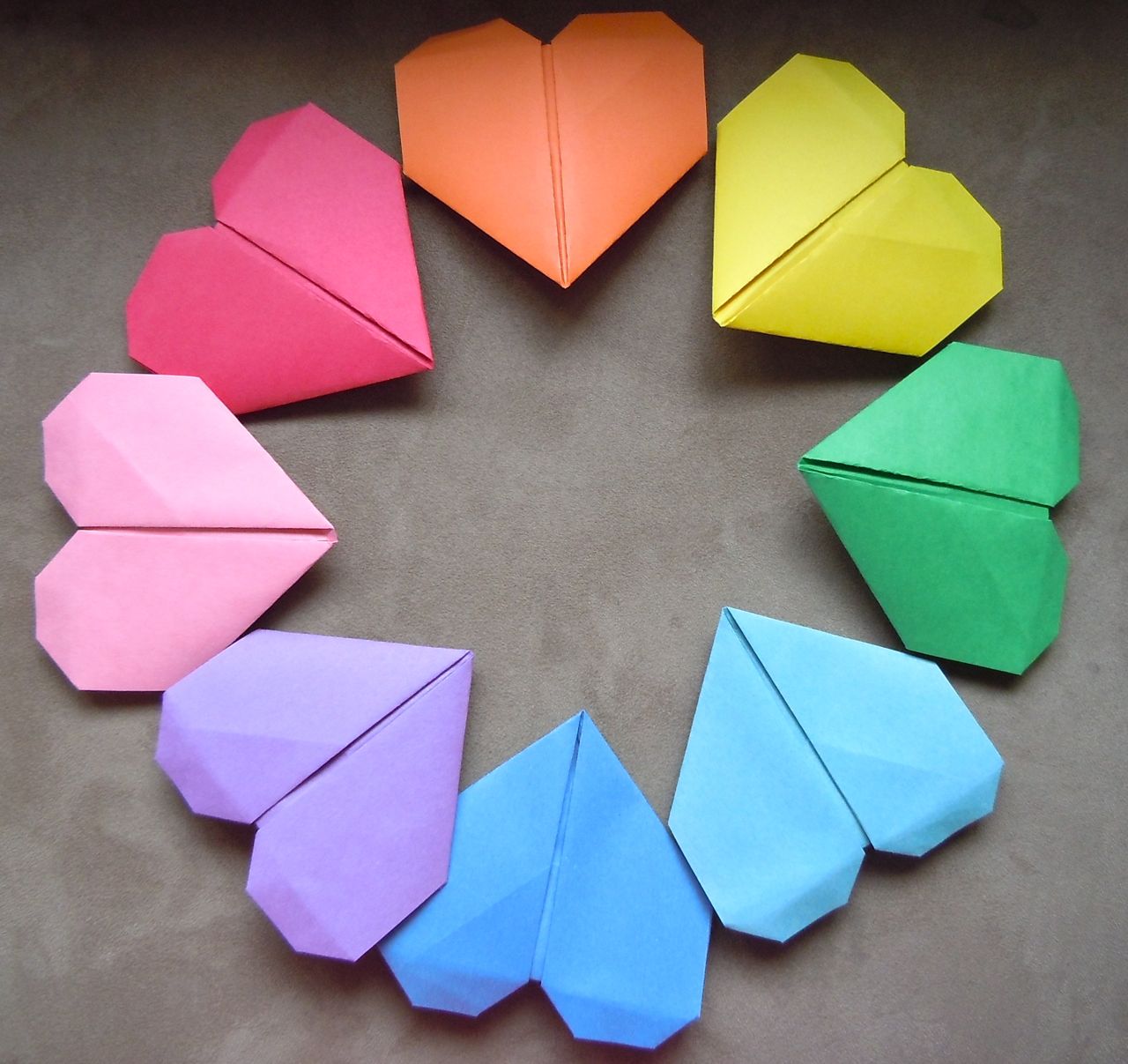
Fun Ways to Teach Science at Home with DIY STEM Projects for Kids
November 15, 2024
We aim to encourage our kids’ creativity and curiosity as parents. Finding engaging ways to teach STEM subjects at home may offer our kids an…

In an age where screens dominate, there’s still something special about flipping through a real book. But there’s one thing e-books have solved that paper books haven’t: losing your place. Without a bookmark, finding where you left off is like searching for a needle in a haystack. Enter the simple joy of a DIY bookmark—no more folding page corners or losing your spot. Let’s keep the magic of paper books alive, one page (and bookmark) at a time.
Create a heart-shaped bookmark without needing glue or tape by following these simple steps:
While you can use any type of paper to create this bookmark, achieving the best results often comes from using origami paper, especially the double-colored variety. The use of contrasting colors brings a burst of energy to your project, making the heart stand out as a beautiful and functional piece of art.
In addition to making reading more enjoyable, it also brings a splash of color and elegance to the pages of your favorite book.
Create a simple triangle corner bookmark with these easy steps, perfect for beginners in origami:
Select Your Paper: Choose a square piece of origami paper, ideally around 6×6 inches. If you don’t have origami paper, any lightweight paper cut into a square will work.
This triangle corner bookmark is not only quick and easy to make but also practical and reusable. It slides onto the corner of your book page, marking your place without damaging the pages. Perfect for origami beginners or anyone looking for a fast, fun craft, this bookmark adds a personal touch to your reading experience.
The interesting and storied history of origami, the ancient Japanese art of paper folding, begins in the 17th century, while it may have its roots even further back in the birth of paper in China.
Using just folding and sculpting techniques, rather than cutting or glueing, artists in this art form may turn a plain sheet of paper into a fully realized sculpture. The term “origami” itself comes from the Japanese words “oru” (to fold) and “kami” (paper).
Traditionally, origami has been associated with Japanese culture, where it started as a ceremonial and religious practice. As time went on, it transformed into a widely enjoyed pastime and educational tool, drawing in fans from all over the globe, regardless of their background or location.
The crane, one of the most iconic origami designs, symbolizes peace and longevity in Japanese culture and is often associated with the story of Sadako Sasaki, a girl who folded a thousand cranes hoping for recovery from illness caused by the atomic bomb.
Origami is not just an art; it’s a blend of mathematics, science, and creativity. The mental and emotional health advantages of practicing patience, precision, and spatial awareness are well-documented.
The principles of origami have been applied in modern technology as well, influencing designs in architecture, robotics, and even space exploration, where scientists have utilized folding techniques to compactly store and then deploy large structures in space.
The art of origami is a marvel of simplicity and limitless creativity in the handling of paper. From simple designs like boats and hats to complex figures that require numerous folds, origami continues to be a dynamic art form that encourages innovation and creativity. It serves as a peaceful yet engaging activity that brings joy and satisfaction to people of all ages, making it a timeless treasure in the world of art and craft.